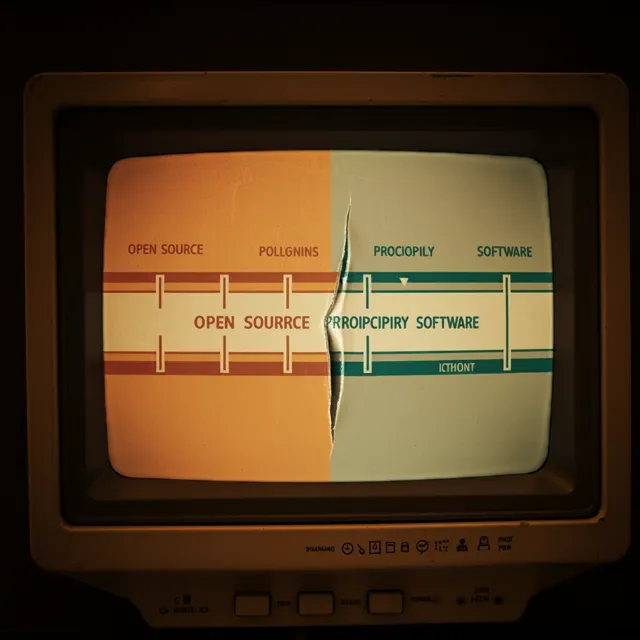Elastic Swims Back to Open Source: What's Behind the Unexpected Return?
Remember when Elastic decided to ditch the open-source life and go semi-proprietary with their licensing? Well, hold onto your hats, because they're back! That's right, Elasticsearch and Kibana are once again embracing the open-source ethos, this time under the trusty GNU AGPL. This unexpected U-turn comes after a few years of licensing drama and a somewhat successful fork by AWS. While some are skeptical, this move could signal a broader trend of companies returning to the open-source fold.
From Open Source to... Not-So-Open Source... and Back Again
In the ever-evolving world of technology, few things are as constant as change itself. Elastic, the company behind the wildly popular Elasticsearch and Kibana, has certainly taken this to heart with their recent licensing rollercoaster. Just three years after making waves by abandoning the Apache 2.0 license for their own Server Side Public License (SSPL), they've made a surprising U-turn, bringing Elasticsearch and Kibana back to the open-source fold.
This unexpected move comes after the company's initial decision to go semi-proprietary sparked controversy and led to a fork of Elasticsearch by none other than Amazon Web Services (AWS). AWS's OpenSearch, a direct result of Elastic's licensing shift, gained significant traction, proving that sometimes, forks can be quite fruitful.
So, what prompted Elastic's change of heart? According to Shay Banon, Elastic's founder and CTO, the company's relationship with AWS is now "stronger than ever." He also cited "market confusion" as a contributing factor, likely referring to the trademark dispute over AWS's use of "Amazon Elasticsearch Service." However, some industry observers, like Simon Willison, remain unconvinced by these explanations.
The AGPL: A New Hope for Open Source Elasticsearch?
Elastic's return to open source comes with a twist: the adoption of the GNU Affero General Public License (AGPL) as a third licensing option for Elasticsearch and Kibana, alongside their existing Elastic License (ELv2) and SSPL. The AGPL, unlike its counterparts, has long been recognized by the Open Source Initiative (OSI) as a true open-source license, making this a significant move for Elastic.
The OSI, for its part, is thrilled to welcome Elastic back into the open-source community. Stefano Maffulli, the OSI's executive director, highlighted the importance of the AGPL's copyleft nature, which ensures user freedoms and grants developers strong control over their projects.
A Sign of Things to Come?
Elastic's return to open source could signal a broader trend of companies reconsidering their licensing strategies. As the open-source landscape continues to evolve, companies may find that the benefits of community collaboration and wider adoption outweigh the perceived advantages of proprietary models.
However, not everyone is convinced that Elastic's commitment to open source is set in stone. Peter Zaitsev, founder of Percona, while acknowledging the positive aspects of the move, questioned whether Elastic can fully regain the trust of the open-source community.
The Business of Open Source
Elastic's licensing saga unfolded against the backdrop of its financial performance. While the company reported strong revenue growth, its stock price took a hit due to concerns about future customer commitments. This highlights the delicate balance that companies face when navigating the worlds of open source and business.
Only time will tell how Elastic's return to open source will impact its products, its relationship with the community, and its bottom line. One thing is certain: the open-source world thrives on change, and Elastic's journey is a testament to that.
Links and Resources
- Register with Email
- Login with LinkedIn
- Login with GitHub

